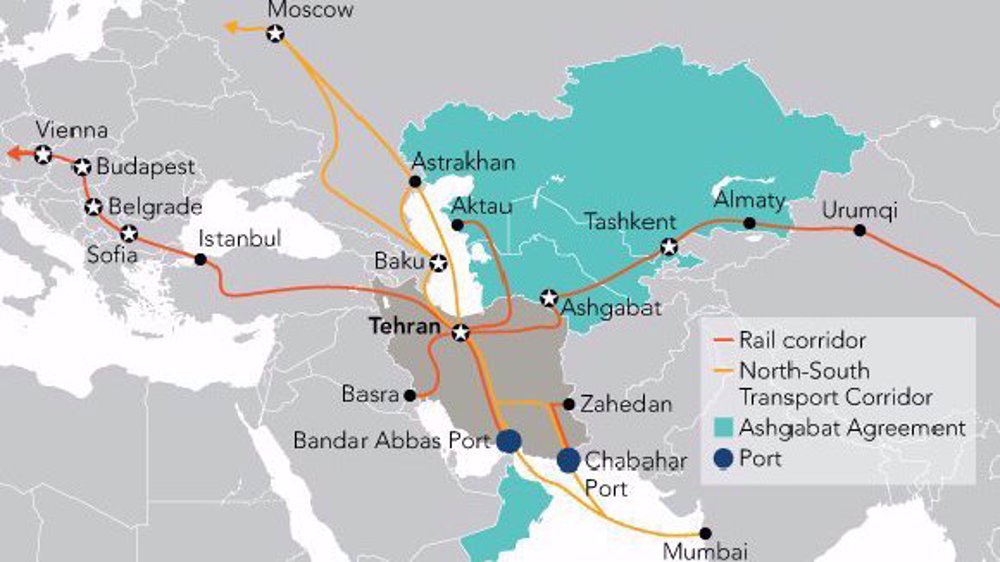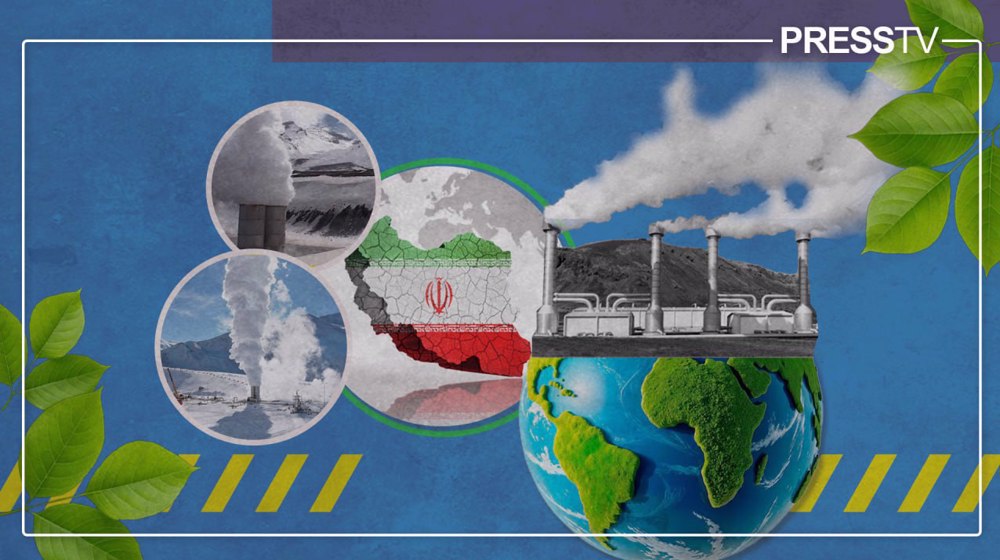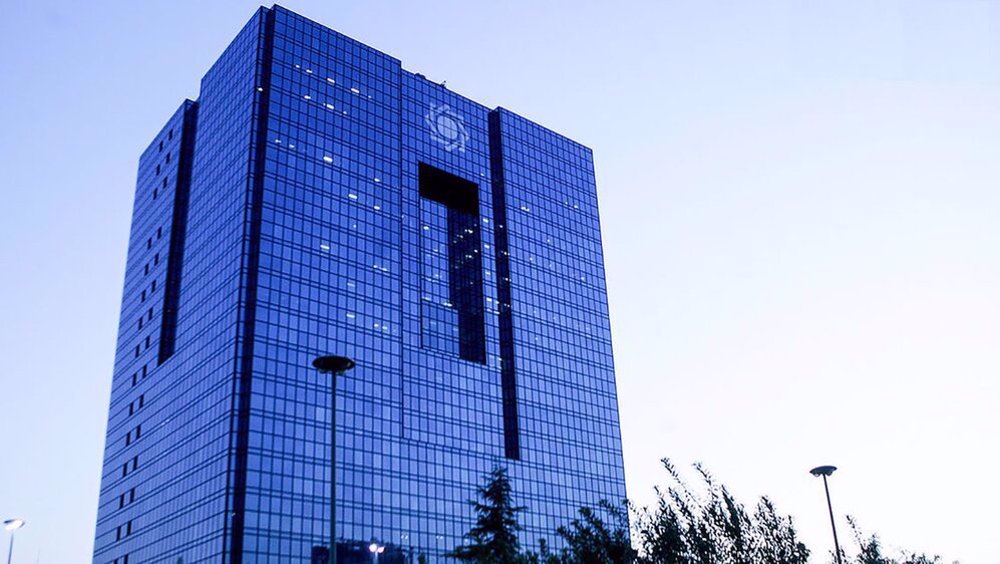The potentials of Persian Corridor as transit hub
The issue of corridors and transit ports in Iran is so important that all capacities should be used to attract investment for their development.
The transit potential of Iran’s territory is very important for Central Asian countries because to boost their trade and export opportunities, they need access to world oceans.
Iran, being situated among three continents, is known as the connecting bridge between the East and the West, where land and air routes passing through the country can bring Central Asia closer to the West and the Persian Gulf countries by a shorter route.
But the transit potential of Iran can only be used in conjunction with regional partnership.
One of the important axes of Iran’s 7th development program is the development of corridors, which foresees annual transit of at least 50 million tonnes of goods through Iran.
Transit of goods from Iran in the past years, including at the height of crises, has stood at 5 million tonnes. According to experts close to the Ministry of Roads and Urban Development, the transit of about 12 to 13 million tonnes of goods from Iran is tenable.
This figure can reach 23-24 million tonnes with new marketing methods, but for higher numbers, it is necessary to develop infrastructure and solve international challenges, including banking problems.
Transportation infrastructure has a significant impact on business productivity and costs. For example, better port and back-border connections can reduce the costs of connecting to distribution networks or transporting raw materials. Hence, having an effective and efficient logistics system is the foundation of a flourishing economy and success in attracting foreign investment.
Iran's LPI (Logistics Performance Index) ranking in 2018 was 64, which declined to 123 in 2023. To improve it, the country needs to use all capacities to develop transit corridors and ports.
On Monday, Iran’s Minister of Roads and Urban Development Mehrdad Bazrpash was expected to sign a contract for the construction of a part of the North-South corridor in southern Armenia during his visit to Yerevan.
The International North–South Transport Corridor (INSTC) was established by Iran, Russia and India in September 2000, and subsequently expanded with the admission of 13 countries.
The INSTC connects India to the Caspian Sea, Russia, and northern Europe through Iran. By bypassing the Suez Canal, the route is 40% shorter and 30% cheaper than traditional routes in terms of distance and time.
The corridor combines trade in three western, eastern, and central routes with road, rail, and sea routes.
The INSTC’s western route passes through Russia, South Caucasus, and Iran. The middle axis reaches India through the ports of Saint Petersburg and Astrakhan in Russia and Amirabad, Astara, Anzali and Chabahar in Iran. The eastern axis passes through Russia, Kazakhstan, Turkmenistan, Uzbekistan and Iran.
Long beaches, special transit, and geographic location, and easy access to the sea and other countries can make Iran one of the highways of trade, with several international corridors already passing through the country.
As part of its “Look East” roadmap, Tehran is increasingly focused on strengthening relations with Russia and India.
Since the outbreak of the Ukraine war, the strategic importance of the INSTC has become especially important for Moscow and Tehran, which are both under Western sanctions, because of its importance in accelerating the process of de-dollarization and neutralizing the embargos.
President Ebrahim Raeisi has also underlined his government’s plans to build the Chabahar-Zahedan railway and connected the Oman Sea and the Persian Gulf to Europe.
The development of Chabahar port, the establishment of the Makran Coastal Development Organization, and the Special Plan for the Development of Makran are some of Iran’s plans to become a regional transit hub.
Iran’s ports in the north and south have the capacity to move 270 million tons of goods annually. This capacity can strengthen the country’s economic diplomacy.
One of the development opportunities is tied to the development of Chabahar port, which has been facing challenges for several years.
In 2016, India Ports Global Limited (IPGL) and Arya Ports of Iran signed a contract for the development of Chabahar Shahid Beheshti Port. The Indian company committed to providing 85 million dollars for the development of Chabahar port along with granting a credit line of 150 million dollars. Since 2023, India has deployed six gantry cranes worth $25 million for the development of Shahid Beheshti Port, but progress has been slow.
Tehran needs to use all capacities, including investment by other foreign operators.
Experts say China is a potential candidate despite developing the Gwadar port in Pakistan near Chabahar. They cite the local people’s opposition to the project due to its military nature to believe that the Chinese are potentially amenable to investing in Chabahar.
A full operationalization of the INSTC is estimated to bring Iran about $20 billion in annual revenues and reduce the country’s dependence on oil earnings.
The INSTC means Iranian access to the Russian markets as well as to Central Asia and the Black Sea. It also has the capacity to become a complex and wider network along the Persian Gulf and Africa.
Moreover, opportunities exist for multilateral economic cooperation such as the formation of a tripartite trading group among India, Iran, and Armenia, the possibility of transporting goods from Russia to Pakistan through Iran, cooperation on the Persian Gulf-Black Sea route, and the formation of an INSTC economic bloc.
UNRWA head slams ‘outrageous’ Israeli law to cut water, energy to agency’s facilities
Israeli court advances forced displacement of Palestinians in favor of Jewish settlers
UN Security Council members condemn Israel's recognition of Somaliland
Israeli high-tech faces talent flight in wake of Gaza genocide: Report
The Year That Was: Wars, genocide, protests, scandals – events that defined 2025
Iran, Oman foreign ministers stress confronting sources of unrest in region
VIDEO | Gaza named deadliest place for journalists in 2025
VIDEO | Policy paper sparks debate over US intentions in Tunisia











 This makes it easy to access the Press TV website
This makes it easy to access the Press TV website